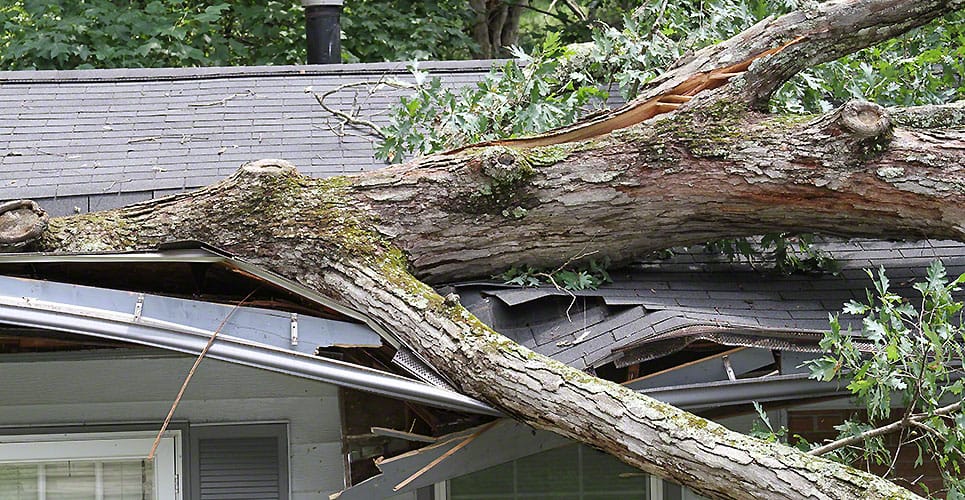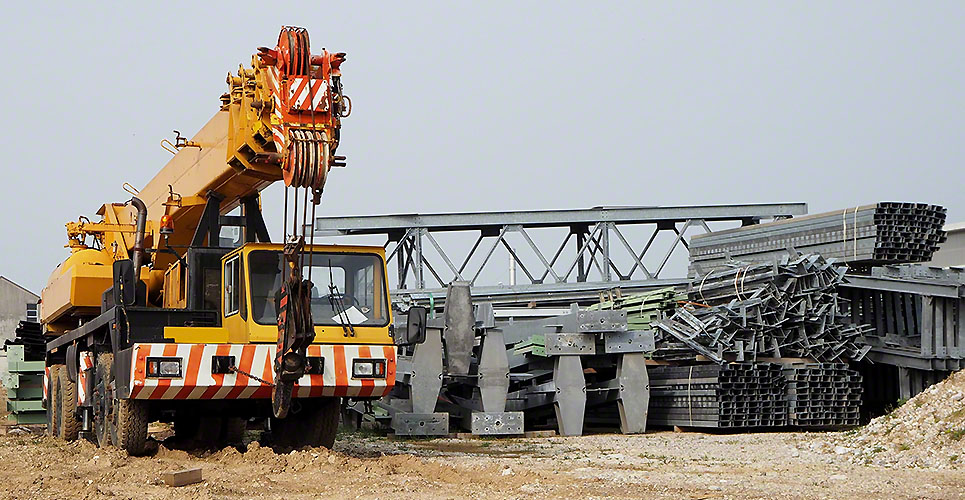Trees are an important part of our world. They play a role in the ecological development, environmental development and the aesthetics of the world. Without trees the world will not be able to survive. That’s why you need arborist services to look after trees so they don’t cause any damage.
Hazardous Trees
Trees also need care and attention. Along with taking good care of them, you need to make sure the trees are free from all sorts of hazards. If a tree is stressed or hazardous, then it may fall down and cause damage to property, person and place. Such trees are known as hazardous trees and can be harmful in such cases. There are many telltale signs through which you can easily spot a hazardous tree. If you are the owner of a tree then you have to notice any defects which may lead to hazards in a tree, especially if the tree is in a residential area, park or near electrical lines.
Tree Hazards To Look For
Listed below are the hazardous tree defects which if you notice then you should take immediate action to fix the problem by calling an arborist. They will inspect the problem and come up with a solution.
- If there are huge branches hanging down.
- If there are detached branches hanging weirdly.
- If there are dead branches in the tree.
- If the trunk of the tree has major chunks or large pieces of wood missing.
- If the branches are rotten or if there are huge holes in the trunk or in the big branches of the tree.
- Are there any cracks in the area where the branches are attached to the tree.
- Do you notice a growth of mushrooms in the trunk of the tree?
- Is there any pest infestation? This looks like a large and spreading growth of pests and causes holes in the trunk and branches of the tree.
- If there is a growth of fungus in the base of the trunk. This looks like a black colony of ants surrounding the lower trunk.
- If you notice yellowing and falling leaves in the growth season or you notice holes in the leaves.
- If you notice a lean even if it is slight in the tree. A leaning tree is very dangerous because it can fall anytime.
- If the area has faced a severe storm or any other natural disaster then it is most likely that the tree will become hazardous because a natural disaster destroys and disrupts the foundation roots of the tree.
- Have you accidentally over pruned the trees?
- Has a nearby tree recently fallen down?
- Has there been a construction or repair in the area of the trees?
- Trees near an electrical pole or a building or on roads where there is a lot of commotion and traffic.
- Change in soil.
- Branches growing from one side of the trunk only and not growing from all sides of the trunk.
- Clearing of big forests in rural areas or cutting a major chunk of trees.
- Clearing a lot of trees for construction of properties in the urban areas.
- Rots and decay visible in the old wounds of a tree.
Call An Arborist
All these signs are of a tree showing signs of distress or of a tree which is hazardous. These trees can be in rural areas that is villages or forests and towns or urban areas that is cities. You may be able to spot the common signs of hazard or distress but some may be missed. So in order to save yourself, your property and the people and things around you or surrounding the tree, you should call an expert arborist to get your tree checked and assessed for any disease, stress or hazard. It is recommended to get your tree checked on an annual basis so the tree grows as healthy and nourished. It won’t cost you much but in return you will be able to ensure tree safety and avoid tree hazards.
Conclusion
Trees are an important part of the world and improve the environment greatly. They serve as an asset to the community and should be well cared for but a hazardous tree should be removed or trimmed by an emergency tree service MD so that it doesn’t cause harm to you and the area and people around you.


